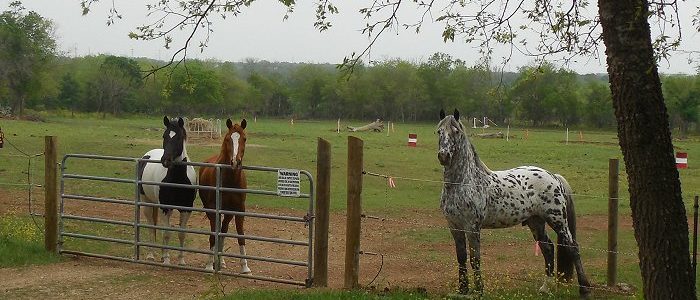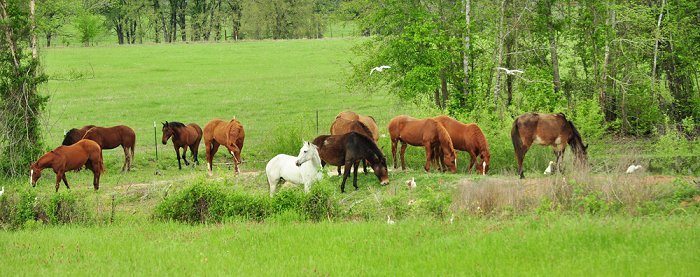Training Theory: De-Sensitization
As I wrote the Training Exercises to start DE-sensitizing your horse, I realized that I have not really defined the term or the theory behind the exercises. Wild horses live life super-sensitive to threats of any kind. They are super-sensitive out of necessity. No one wants to be eaten. However, once our horses are in… Read More Training Theory: De-Sensitization



